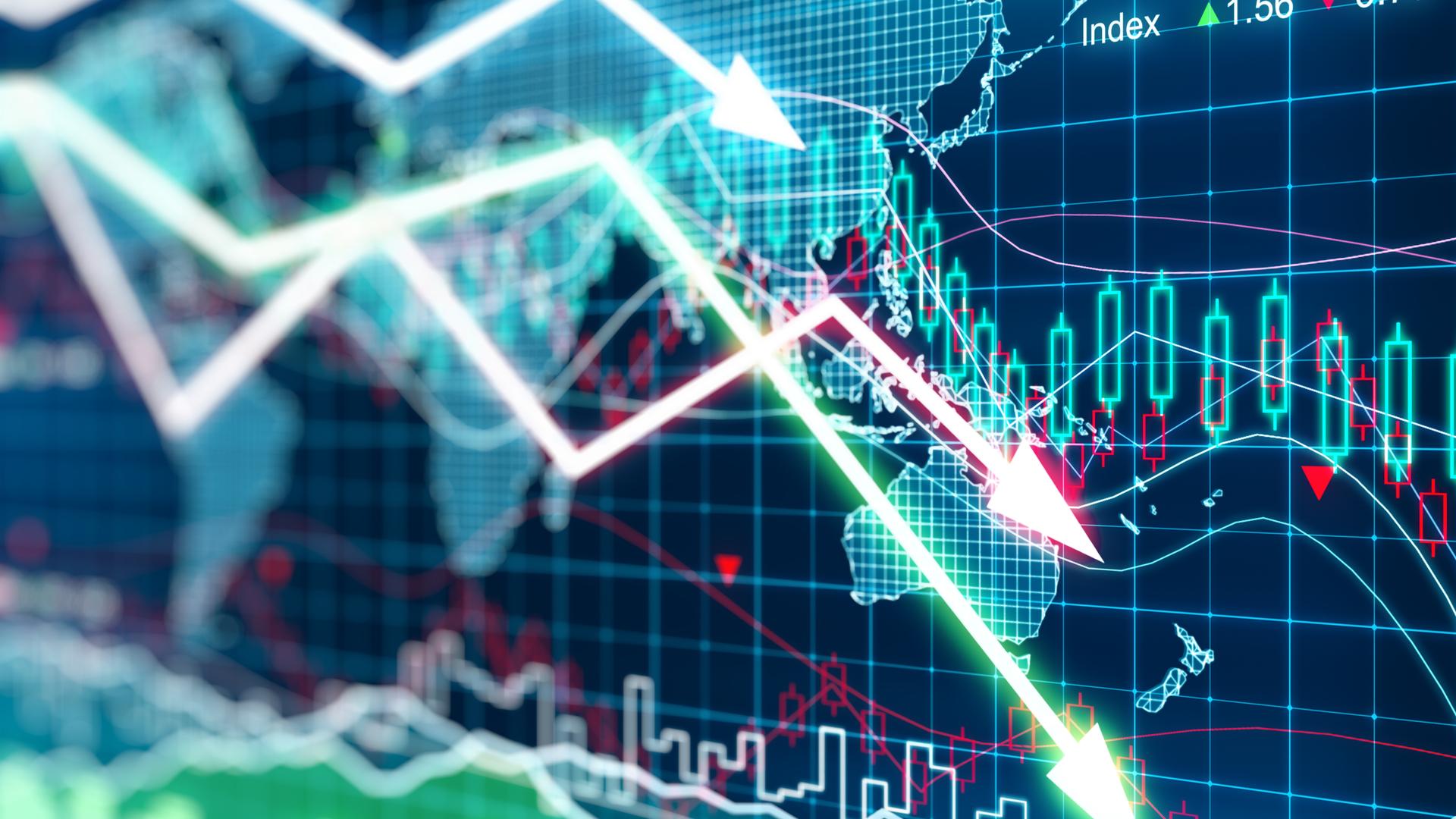Stocks rose on Tuesday as investors bet the U.S. economy could start to reopen again while oil prices jumped for a fifth straight day.
The Dow Jones Industrial Average closed 133.33 points higher, or 0.6%, at 23,883.09. The S&P 500 gained 0.9% to close at 2,868.44 while the Nasdaq Composite advanced 1.1% to 8,809.12.
The major averages cut their gains in the final hour of trading after Federal Reserve Vice Chairman Richard Clarida told CNBC’s “Closing Bell” that the economy may need more fiscal and monetary support. Earlier in the session, the Dow was up more than 400 points.
Pfizer led the Dow higher with a 2.4% gain. Health care and tech were the best-performing sectors in the S&P 500 as they each rose more than 1%.
“The state openings and case counts peaking, and also ‘earnings confessions’ are all acting to reduce uncertainty,” said Tom Lee, founder and head of research at Fundstrat Global Advisors. “This is, in our view, the primary reason stocks are drifting higher and shifted into the hands of buyers.”
“The market was overwhelmed with sellers, causing the fastest crash ever. So we think risk/reward still favors buyers,” Lee added.
Pfizer shares rose after the pharmaceutical giant said it started coronavirus vaccine trials in humans. This led to a 2.2% rally in the S&P 500 health care sector.
Oil prices also got a jolt from hope that the economic downturn has bottomed, rallying 20%. It was the fifth-straight day of gains for crude, a market that has been in turmoil with prices turning negative at one point last month. Crude is up 30% so far in May.
The market’s gains on Tuesday came even after dismal data on the U.S. services sector. The ISM nonmanufacturing index dropped last month to its lowest level since March 2009.
“Markets are increasingly looking toward this reopening and the gradual relaxation to some of the rules the lead people start economic activity again,” said Eric Winograd, senior economist for fixed income at AllianceBernstein. But “the recovery is going to be much more gradual, because it is going to be different paces in different places.”
“If we don’t see an inflection point in the data over the course of the next couple of months, I think that will be troubling to the market,” said Winograd.
Investors weighed fears of a second wave of coronavirus cases against efforts to reopen businesses and loosen restrictions. California Gov. Gavin Newsom said Monday some of the state’s retailers will be allowed to offer curb-side pickup starting Friday.
Meanwhile, New York Gov. Andrew Cuomo said that the daily number of hospitalizations and new deaths are declining, suggesting the state is on “the other side of the mountain.” He added, however, that officials are not seeing as steep of a decline as they had hoped.
Tuesday’s rally followed modest gains on on Monday. Strength in the biggest U.S. technology companies including Microsoft, Apple, Amazon, and Netflix lifted the broad market out of negative territory.
“Megacaps mask underlying rally fragility,” Ken Johnson, investment strategy analyst at Wells Fargo, said in a note on Monday. “This concentration raises concerns about the rally’s long-term health and durability as it suggests that ample liquidity, rather than broadly improving fundamentals, may be fueling it.”
Some of those mega-cap tech stocks rose again on Tuesday. Facebook gained nearly 1% while Alphabet and Apple rose 2% and 1.5%, respectively.

